Vietnam is a treasure trove of cultural and natural wonders, with several locations recognized as UNESCO World Heritage Sites for their global significance. From the iconic karst seascapes of Ha Long Bay to the ancient charm of Hoi An and the majestic caves of Phong Nha-Ke Bang, these Vietnam World Heritage Sites offer travelers a blend of history, culture, and breathtaking landscapes. Join Vietnam and Cambodia tour to discover the best Vietnam World Heritage Sites that showcase the country’s rich heritage and natural beauty.
Here are the top world heritage sites to explore in Vietnam
1. Ha Long Bay (Quang Ninh Province)
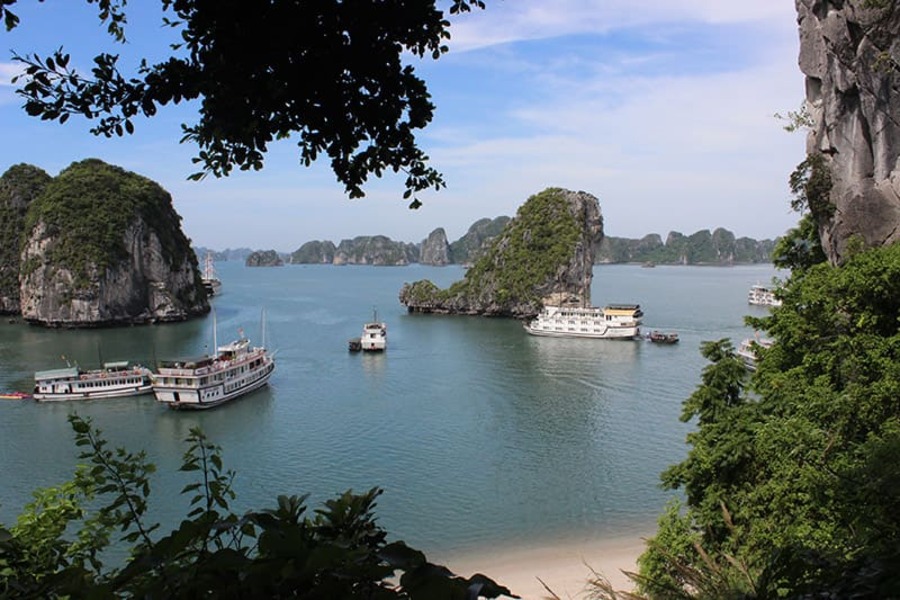
Ha Long Bay, a UNESCO Vietnam World Heritage Site since 1994, is famed for its emerald waters and over 1,600 limestone islands topped with lush greenery. Extended to include Cat Ba Archipelago in 2023, this Vietnam World Heritage Site captivates with its surreal seascape, ideal for cruising, kayaking, or exploring caves like Sung Sot. Floating fishing villages add cultural depth, making Ha Long Bay one of the most iconic Vietnam World Heritage Sites. A multi-day cruise or day trip from Hanoi offers an unforgettable experience of this natural marvel.
2. Hoi An Ancient Town (Quang Nam Province)
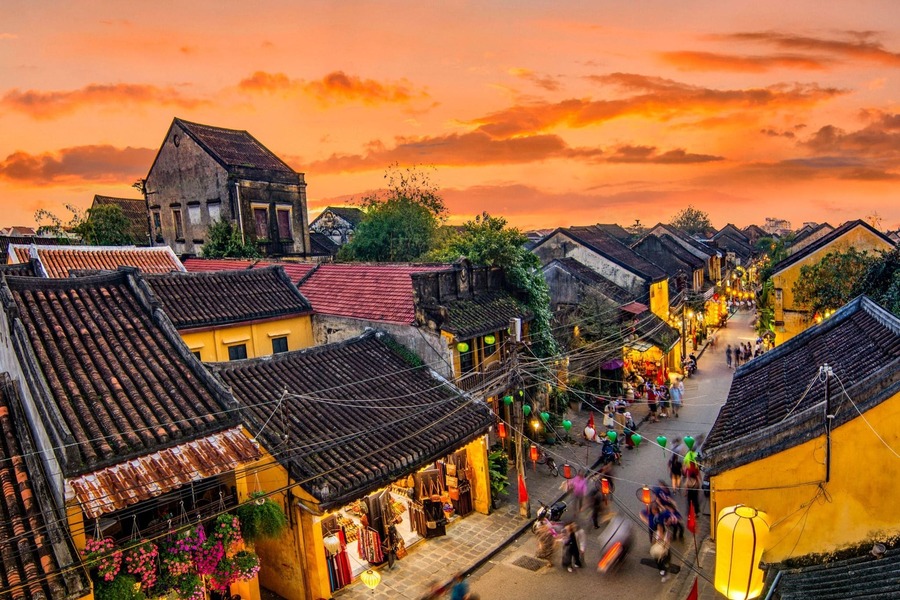
Hoi An Ancient Town, inscribed as a Vietnam World Heritage Site in 1999, is a beautifully preserved trading port from the 15th to 19th centuries. Its lantern-lit streets, colorful shophouses, and historic sites like the Japanese Covered Bridge make this Vietnam World Heritage Site a cultural gem. Visitors can explore tailoring shops, enjoy local cuisine like cao lau, or cycle through nearby rice fields. The vibrant atmosphere and historical charm cement Hoi An’s status among Vietnam World Heritage Sites, best visited during the dry season (February-May).
3. Phong Nha-Ke Bang National Park (Quang Binh Province)
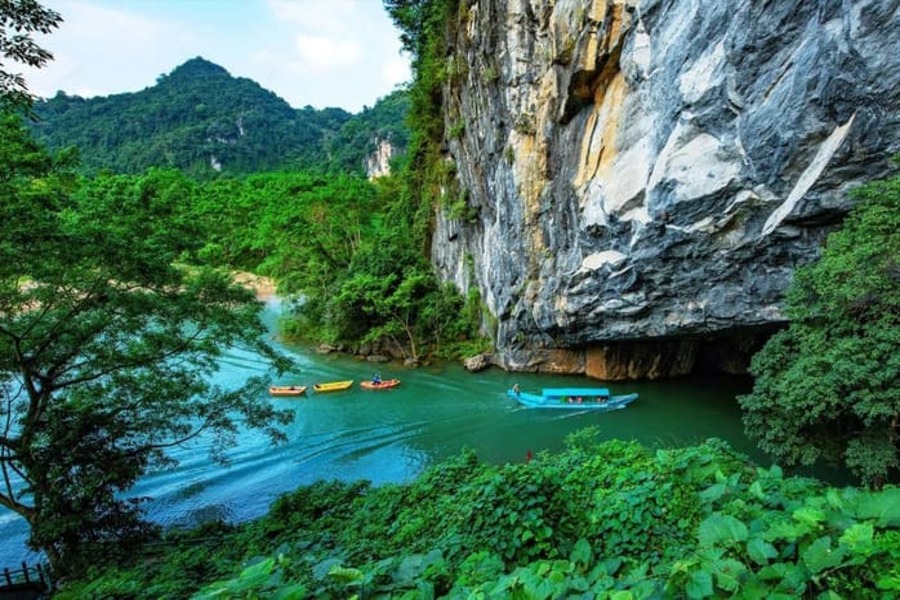
Phong Nha-Ke Bang, a Vietnam World Heritage Site since 2003, is renowned for its ancient karst landscapes and over 300 caves, including Son Doong, the world’s largest cave. Located 500 km south of Hanoi, this Vietnam World Heritage Site offers adventure through cave tours, kayaking, and jungle treks, showcasing rare biodiversity. Caves like Paradise and Dark Cave are accessible for all levels, making Phong Nha-Ke Bang a standout among Vietnam World Heritage Sites. Guided tours ensure a safe and immersive experience.
4. Hue Imperial City (Thua Thien Hue Province)
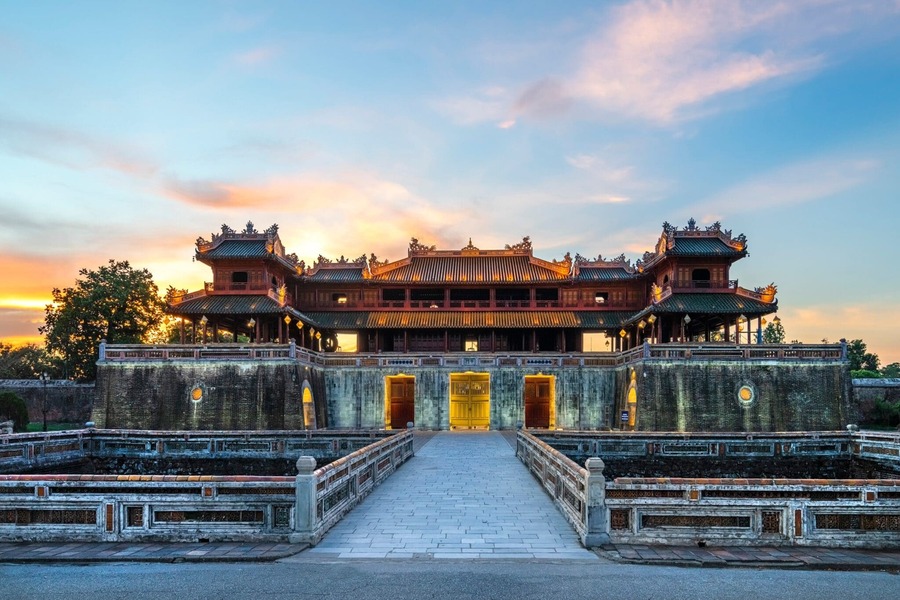
The Imperial City of Hue, a Vietnam World Heritage Site since 1993, was the Nguyen Dynasty’s capital from 1802 to 1945. This fortified complex, with its palaces, temples, and Forbidden Purple City, reflects Vietnam’s royal past within this Vietnam World Heritage Site. Visitors can explore the citadel by cyclo, cruise the Perfume River, or visit nearby royal tombs. Hue’s blend of history and architecture makes it a must-see among Vietnam World Heritage Sites, especially during spring (March-May) for pleasant weather.
5. Trang An Landscape Complex (Ninh Binh Province)
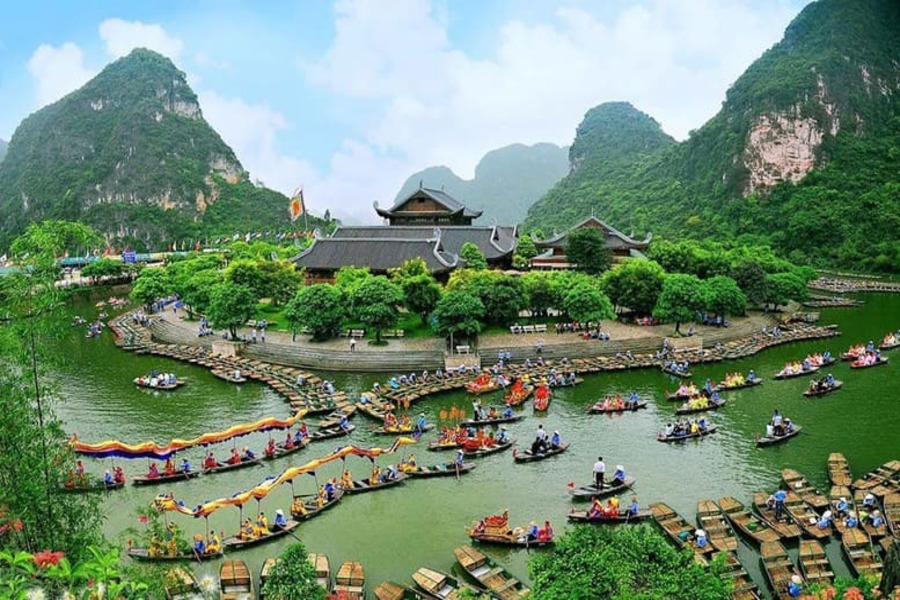
Trang An, a Vietnam World Heritage Site since 2014, is a stunning mix of karst mountains, caves, and rice fields, often called “Ha Long Bay on land.” This Vietnam World Heritage Site offers scenic boat rides through limestone valleys and visits to ancient temples, revealing archaeological traces from 30,000 years ago. Its serene beauty and cultural significance make Trang An a highlight among Vietnam World Heritage Sites. A boat tour or bike ride provides the best way to explore this tranquil destination.
6. My Son Sanctuary (Quang Nam Province)

My Son Sanctuary, a Vietnam World Heritage Site since 1999, is a remarkable cluster of ancient Hindu temples built by the Champa civilization between the 4th and 13th centuries. Located near Hoi An, this Vietnam World Heritage Site features intricately carved sandstone structures set amidst lush jungles, reflecting Champa’s spiritual and architectural legacy. Visitors can explore the ruins, learn about Cham culture, and enjoy guided tours that highlight the site’s historical significance. Best visited from February to May, My Son Sanctuary is a must-see among Vietnam World Heritage Sites for history enthusiasts.
7. Citadel of the Ho Dynasty (Thanh Hoa Province)
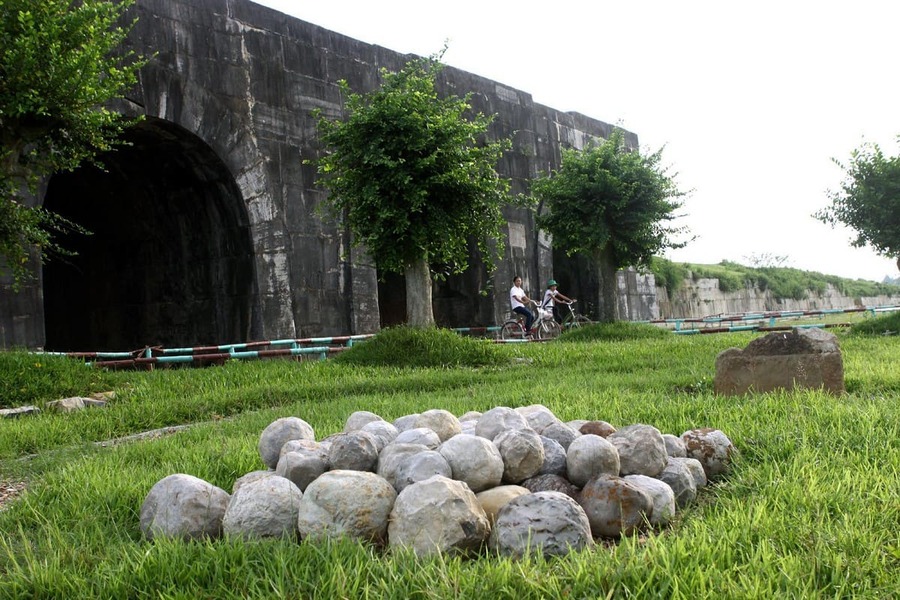
The Citadel of the Ho Dynasty, a Vietnam World Heritage Site since 2011, is a 14th-century fortress in Thanh Hoa Province, showcasing Vietnam’s medieval architecture. Constructed with massive stone blocks, this Vietnam World Heritage Site served as the capital under the Ho Dynasty (1400–1407) and reflects advanced urban planning. Surrounded by scenic mountains, the citadel offers a glimpse into Vietnam’s feudal past. Accessible from Hanoi, it’s best visited in spring (March-May) for mild weather, making it a unique addition to Vietnam World Heritage Sites.
Why Visit Vietnam World Heritage Sites?
Vietnam World Heritage Sites offer a unique window into the country’s cultural, historical, and natural splendor, making them essential stops for any traveler. Visiting during spring (March-May) or autumn (September-November) ensures ideal weather. Pack comfortable gear, respect local customs, and consider guided tours for deeper insights into these Vietnam World Heritage Sites. Accessible from Hanoi or Ho Chi Minh City by bus, train, or car, these sites promise unforgettable adventures.

0 Comment